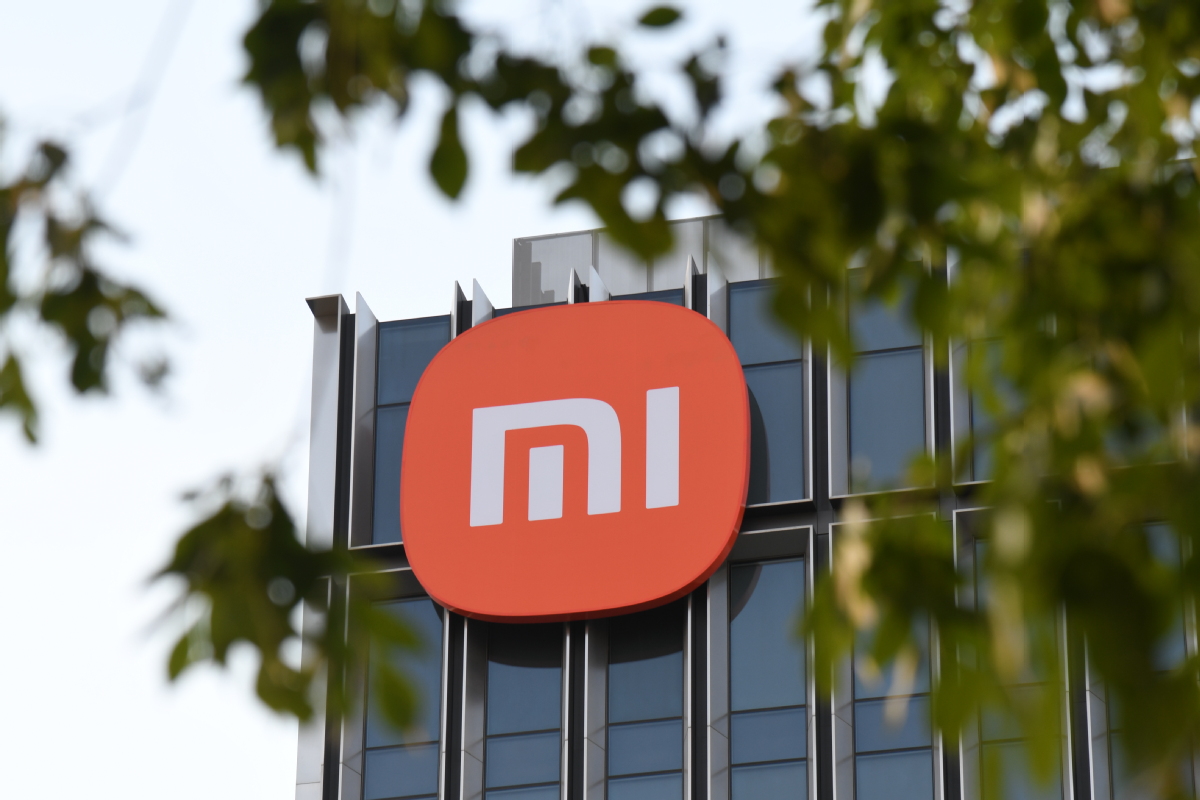Xiaomi Corporation is expanding its reach into the global home appliances sector, building on the momentum generated from its electric vehicle (EV) debut and longstanding disruption in the smartphone industry. The Beijing-based firm is now targeting a top-three position in the home appliance space within three years, signalling an aggressive new chapter in its diversification strategy.

Following the launch of its first electric vehicle in March 2024, Xiaomi surprised many industry observers with a stronger-than-expected market entry. Now, with the EV segment projected to break even this year, the company is focusing on another sector with entrenched incumbents – home appliances.
Xiaomi’s ambitions are partly buoyed by Beijing’s extensive consumption stimulus, including increased subsidies aimed at boosting domestic spending. The company’s home appliance growth figures are already gaining attention. In the first quarter of 2025, its large home-appliance segment posted nearly 114 per cent year-on-year growth. Air conditioner and refrigerator shipments surged 65 per cent, while washing machine shipments doubled, according to Xiaomi’s May filing to the Hong Kong stock exchange.
Executives are reportedly aiming to secure a top-three ranking in China’s home appliance market by 2027. In 2024, Xiaomi’s large appliance revenue rose over 56 per cent – a significant outperformance compared with Midea’s 9 per cent growth, Haier’s sub-4 per cent rise, and Gree’s more than 4 per cent decline.
The scale of the opportunity is considerable. Midea, China’s leading appliance maker, valued the domestic home appliance market at over 854 billion yuan (approximately US$119 billion) in 2023, representing 36.5 per cent of global market share. From 2023 to 2027, China’s market is projected to grow at a compound annual rate exceeding 5 per cent, outpacing both the United States (c.2 per cent) and Europe (1.4 per cent).
Xiaomi’s global ambitions are also becoming clearer. In March 2025, the company announced plans to roll out its large home appliances internationally, focusing on connected living ecosystems. Around the same period, it opened its first retail store in Japan, with intentions to introduce refrigerators and washing machines in the second half of the year, according to local media reports.
Xiaomi’s push into the sector aligns with broader government policy. Chinese authorities have earmarked 162 billion yuan of a 300 billion yuan stimulus package to subsidise purchases of home appliances, smartphones and EVs – doubling last year’s figure. These measures contributed to retail sales of consumer goods reaching 4.1 trillion yuan in May 2025, a 6.4 per cent year-on-year increase. Home appliance sales alone surged 53 per cent.
Nonetheless, concerns remain regarding the sustainability of this growth. Analysts have cautioned that subsidies may be front-loading demand, creating uncertainty about future momentum. HSBC, in a recent note, adopted a “slightly more conservative” outlook for Xiaomi’s Internet-of-Things division in the second half, though it acknowledged the segment’s resilience and flagged potential for further government support.
Despite Xiaomi’s rapid ascent, its market scale still trails major incumbents. S&P Global Ratings estimated the company’s large appliance revenue at 20.8 billion yuan in 2024 – less than 10 per cent of Haier’s, under 6 per cent of Midea’s, and below 14 per cent of Gree’s.
Historically reliant on online distribution, Xiaomi is actively building a stronger offline presence. As of March 2025, the company operated over 16,000 stores in China, with a target of reaching 20,000 by the end of next year.
“Xiaomi is likely to grow its market share over time, but we do not expect it to pose a material threat to incumbents like Midea and Haier, who have a proven track record in premium product development and global expansion,” said Dan Baker, Senior Equity Analyst at Morningstar.
S&P’s Cathy Lai noted that Xiaomi is expected to win market share from smaller, low-end rivals with weaker distribution networks. However, she pointed out that the company still lacks key advantages in supply chain depth and in-house manufacturing.
Unlike competitors Midea, Haier and Gree – all of which operate integrated manufacturing and research facilities – Xiaomi continues to outsource most of its large appliance production. Still, recent moves suggest change is underway: the company has established its own factory to support future growth and cost efficiency.
“Over the long term, if Xiaomi builds out its manufacturing capabilities and sharpens its product differentiation, it could significantly improve its competitiveness,” Lai added.
Xiaomi’s brand strength remains a core asset, particularly among younger consumers. Chris Pereira, CEO of Singapore-based brand consultancy iMpact, highlighted the company’s narrative-driven marketing as a differentiator.
“Xiaomi has succeeded in positioning home appliances as part of a broader smart living experience,” Pereira said. “While legacy players dominate in supply chain and product credibility, Xiaomi’s storytelling, fast product iteration, and community-driven approach offer it a strong platform to challenge across the consumer electronics landscape.”
-SCMP






